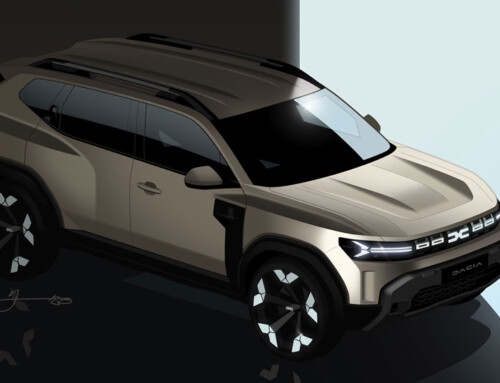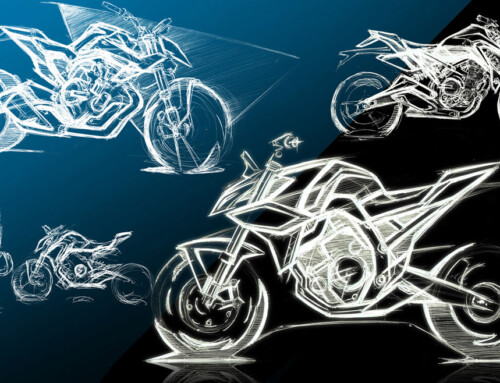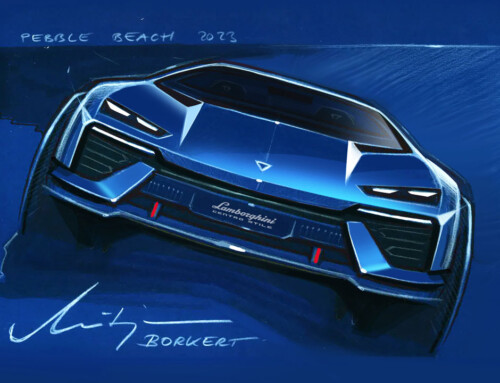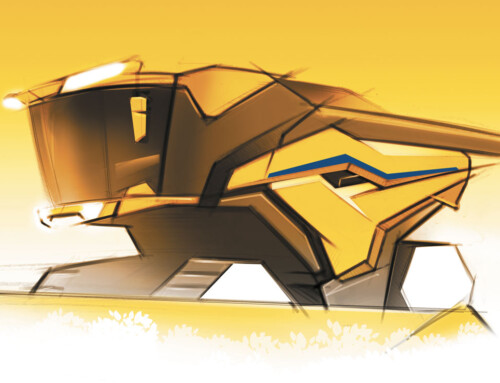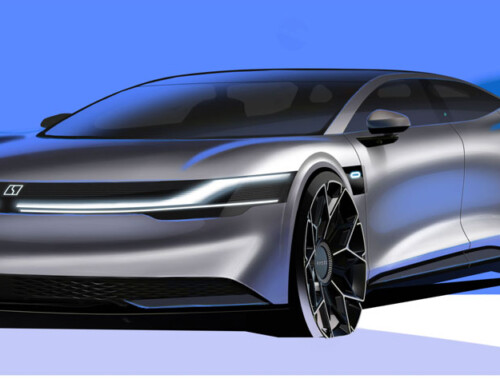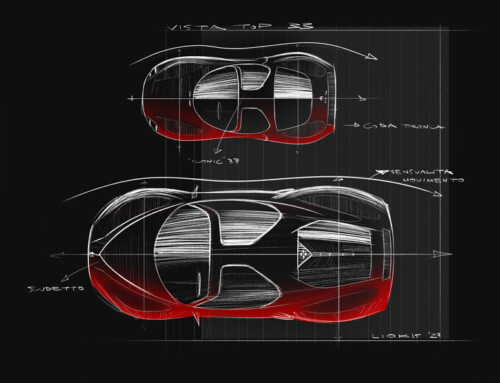

“With the 300M, we once again want to define outstanding performance for the contemporary driver, who expects to find a balance of power, handling and style in a sports sedan.”
The 300M subscribes to Chrysler’s declared strategy for approaching the international markets, which envisages the creation of products with a “modern, sophisticated and uncompromisingly American” character.
But the desire to respond to the demands of European customers (to whom 6000 units per year are destined) is evident in this new saloon, expressed in particular in the overall length: 5023 mm, versus the 5120 mm of the Vision it goes to replace and the 5276 mm of the new LHS, destined for the American public. LHS and 300M are fruit of a joint project developed in 31 months by the Chrysler Pacifica studio, the advanced design centre based in Carlsbad, California, directed by Tom Tremont.
Definition of the two cars began in the early months of 1995 based on the ‘large-car platform’, on which the other LH-series sedans, the Chrysler Concorde and the Dodge Intrepid, were also developed. “Although it was based on a large-car platform, the 300M project envisaged a car that did not exceed 5 metres in length. We had to design a car that kept to the size limits dictated by tax laws and garage dimensions in some overseas markets,” says Michael Castiglione, 30, a Chrysler designer for six years.
“We wanted a car that still conveyed the key design elements of early Chrysler 300s, but one which was a thoroughly modern interpretation for the 21st century,” continues Castiglione. “We decided to take a more international approach while at the same time instilling some uniquely American characteristics. We strove for a design that was purposeful, with fewer frivolous touches and more functionality, so it had all the seriousness, honesty and purity of a true sports sedan.”
The article continues in Auto & Design no. 110


